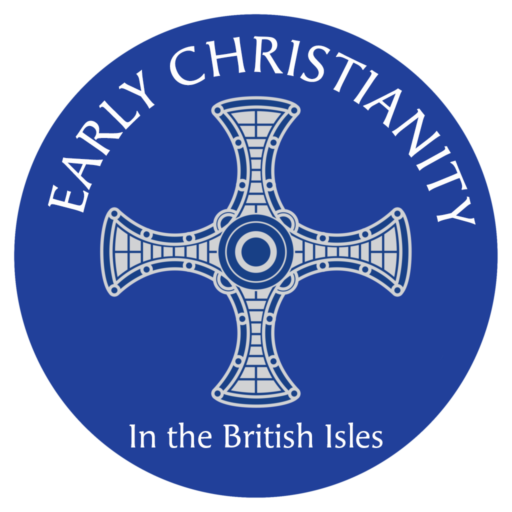Lastingham Abbey

Lastingham Abbey is a site of significant historical and spiritual importance located in the village of Lastingham, North Yorkshire, England. The abbey’s origins date back to the 7th century when it was founded as a monastery by St. Cedd, a Northumbrian missionary and bishop. St. Cedd established the monastery around 654 AD, with the purpose of spreading Christianity among the Anglo-Saxons in the region. The original monastery was a wooden structure, typical of the early Christian sites in England.
After St. Cedd’s death in 664 AD, his brother, St. Chad, took over the leadership of the monastery, continuing its spiritual mission. However, during the Viking invasions of the 9th century, the monastery was destroyed, and it fell into ruin.
The site remained neglected until the Norman Conquest, when it was revived by the monks of Whitby Abbey in the 11th century. The Normans began constructing a stone church on the site, which was never completed, but the crypt of this church remains a key feature of Lastingham Abbey today. This crypt, a remarkable example of Norman architecture, is still used for worship and is a major attraction for visitors.
In the centuries that followed, Lastingham Abbey continued to serve as a parish church, and its history is intertwined with the broader history of the Christian church in England. The abbey is also notable for its peaceful setting on the edge of the North York Moors, making it a place of pilgrimage for those seeking spiritual reflection.
Today, Lastingham Abbey is a Grade I listed building, celebrated not only for its ancient roots but also for its tranquil beauty and ongoing role in the local community as a place of worship and historical interest.
